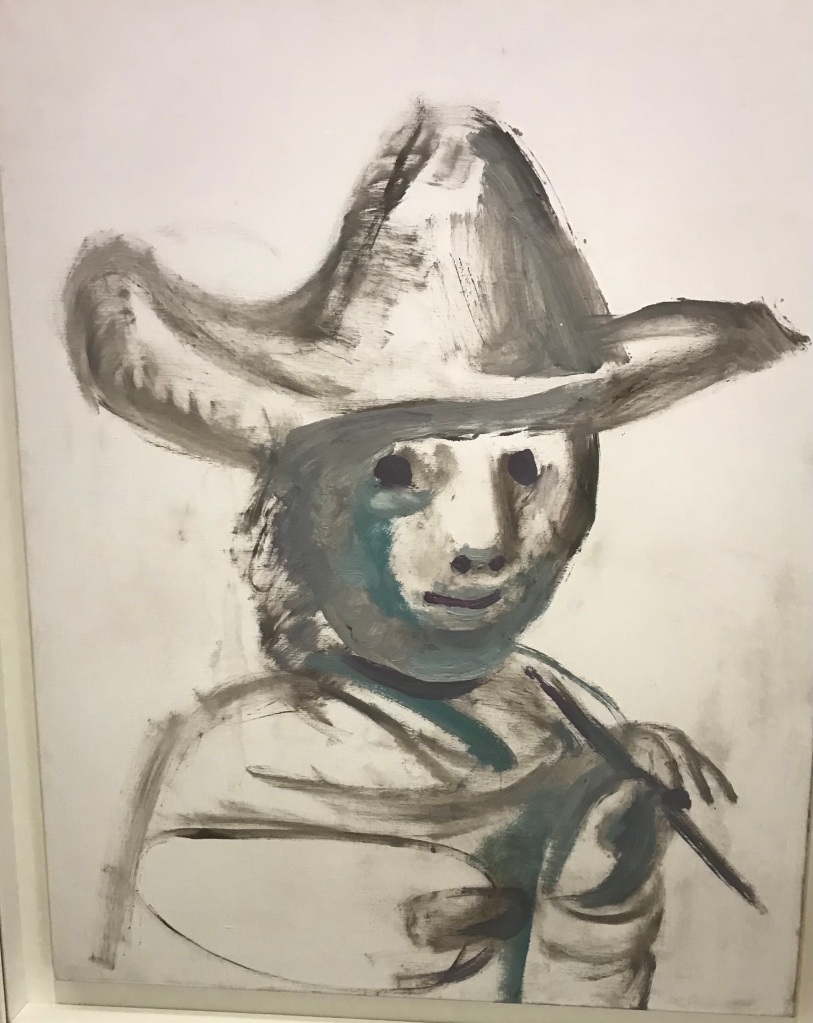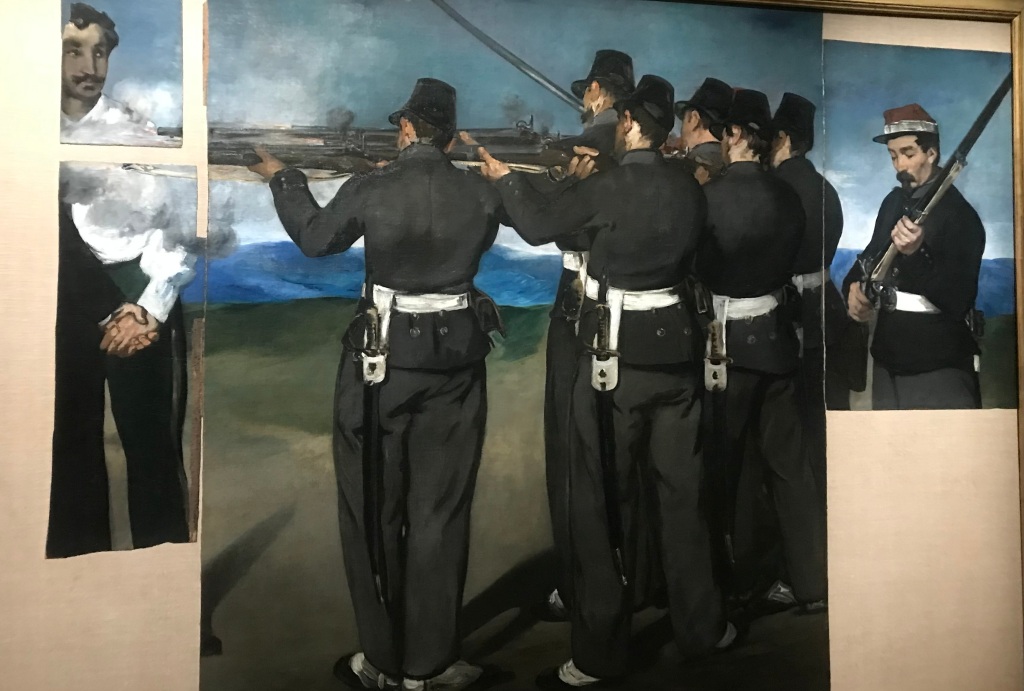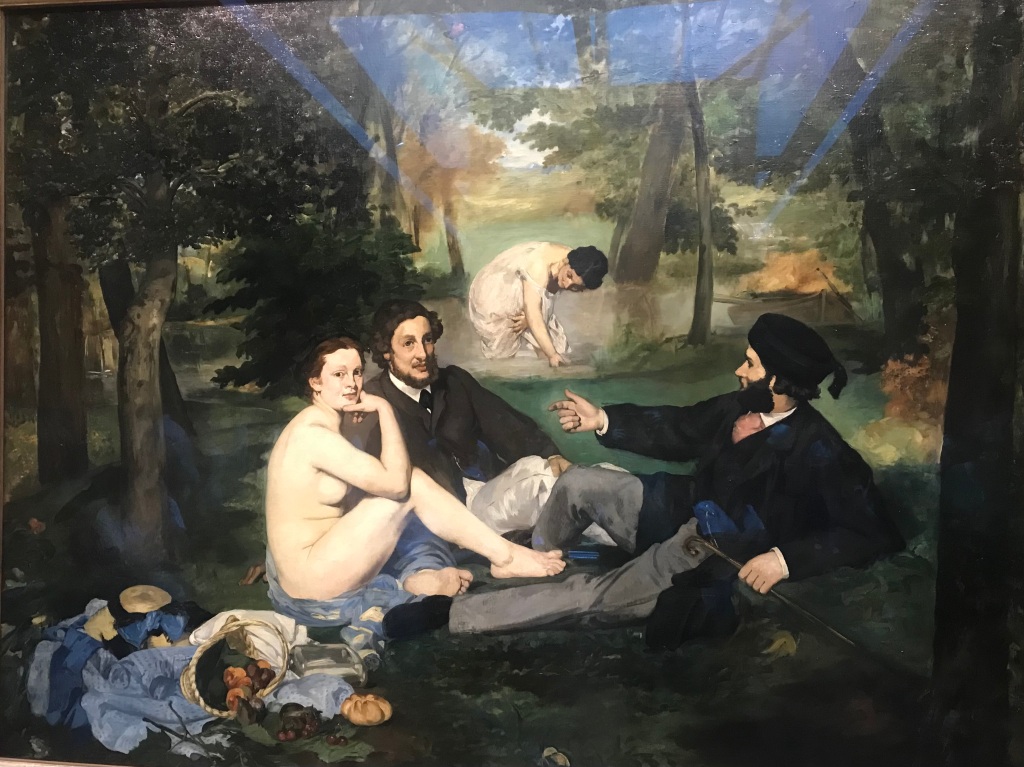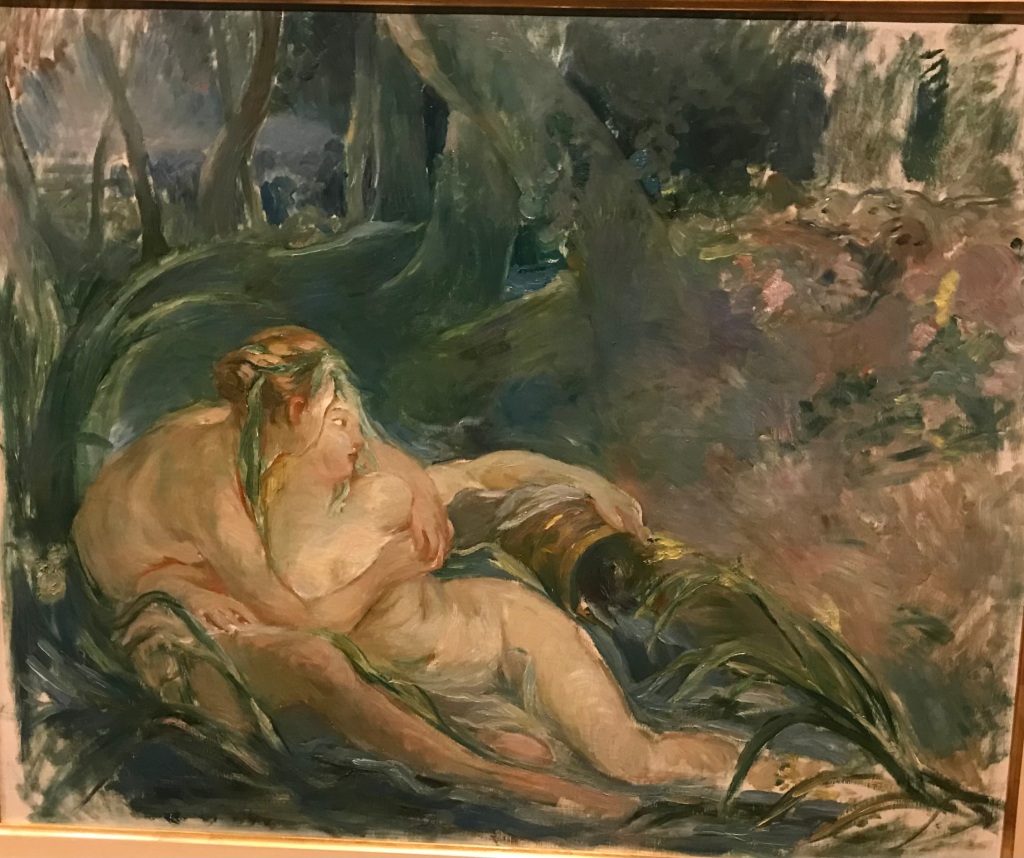Picasso

To mark the 50th anniversary of Picasso’s death, the Musée National Picasso-Paris commissioned Sir Paul Smith to direct a special exhibition, which selects works from their huge collection. We went over to see it.
Many of the pictures have been hung on walls specially decorated with bold motifs taken from the painting itself: I’m afraid this mostly just seems like a distraction. But it is an astonishing collection of works.


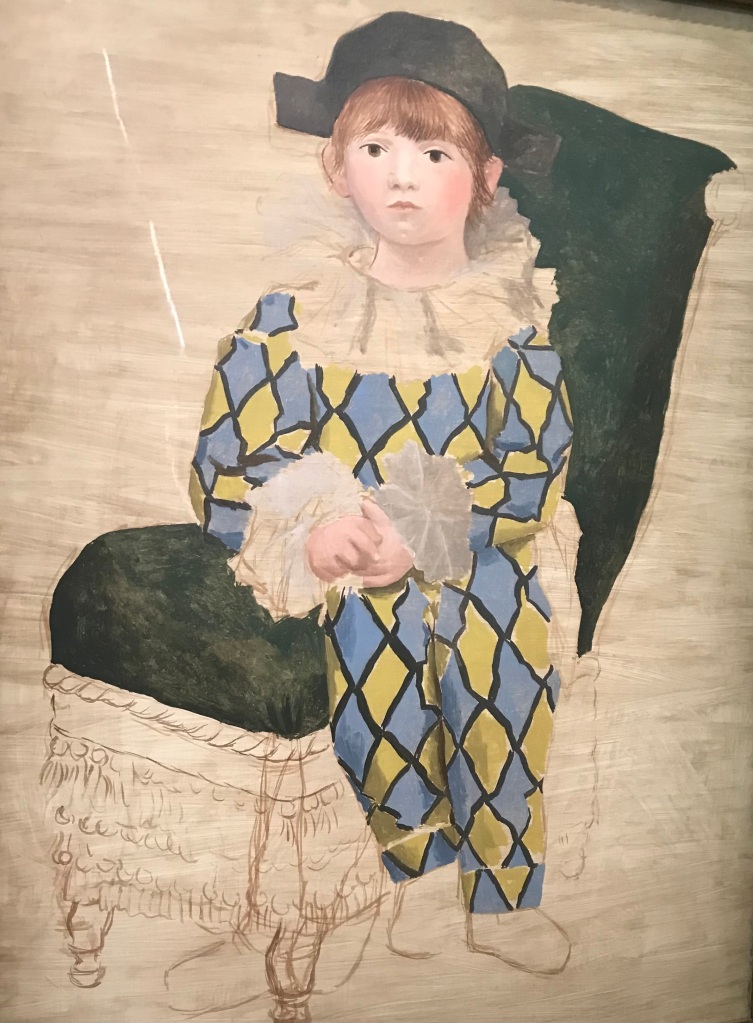






There is a connection here with Degas. Picasso admired his stuff and produced a series of works inspired by Le déjeuner sur l’herbe.

The exhibition presents this final picture of the young artist, done in Picasso’s last year, as his cheerful farewell.
